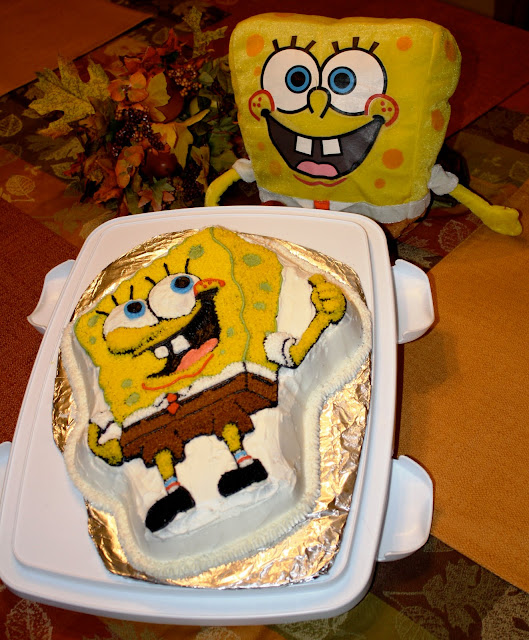My beautiful friend Melissa is getting married soon, and some of the ladies at our church recently threw her a surprise bridal shower! I volunteered to bake a cake to mark the occasion and, as soon as I started searching online for cake ideas, realized that I was perhaps in over my head. The bridal shower would be the largest party for which I had baked, and the cakes I saw online were gorgeous! I knew I had a lot of work to do.
My first thought when planning the cake was that it should be white in color, in keeping with the theme of the evening. Instead of going with basic white sheet cake, I decided to resurrect a recipe I had used once before for a baby shower - almond pound cake! The recipe is intended for an 8x8 inch pan, so I whipped out my calculator and determined that doubling the recipe in a 9x13 inch pan would give me a thickness close enough to what the original recipe intended. In addition, the 8x8 inch cakes are intended to be split into two layers, and I hoped to divide mine into three.
I ground the almonds, assembled the batter, added stick after stick of butter, and poured in delicious, sweet, pure almond extract. The bottom of the baking pan was prepared with one of my favorite kitchen helpers - parchment paper. Parchment paper releases cookies and cakes deftly. A carefully-cut layer at the bottom of a cake pan can be the difference between a cake that pops easily out of its pan and a cake that crumbles as it is cajoled and scraped out by its desperate baker. I've learned from experience that parchment paper can be a baker's best friend. Because I had doubled the recipe, I adjusted the baking time and pulled the cake out of the oven when the edges were golden brown and threatening to darken further.
After the cake had cooled somewhat, I used my handy little
cake leveler to split the large cake into three even layers. Almond pound cake is fairly sweet, so I used a seedless raspberry jam between the layers to add some balance to the flavor. It is good to chill this type of cake before decorating, so the layers learn to stick together and don't slide around. Mine spent the night in the refrigerator.
The next day, I prepared a large amount of the whipped cream frosting as directed by the recipe for this cake. This consisted exclusively of heavy cream, sugar, vanilla extract, and a small amount of plain gelatin for stability. I tinted the whole bowl of frosting pink to be used as a base layer and slathered it on as smoothly as I could on the top of the cake. For the sides, I used the same frosting, but used my spatula to attempt a textured look.
For the decoration, I mixed up a batch of vanilla buttercream. Since I have only taken Wilton Level One, my repertoire is limited to clowns, animal faces, and basic flowers. After ruling out clowns and animal faces as decorating possibilities, I quickly realized I was too out-of-practice on the
Wilton Rose to include that as well! Luckily the written message took up most of the cake surface. I began with white frosting and a small round decorating tip to write the words. Next I tinted a small amount of frosting dark pink and some more bright green. I knew my words were not quite straight, so at a friend's suggestion I used the flowers to create the optical illusion of alignment - small flowers in the upper right corner and large ones in the lower left. Leaves in green frosting sprouted from between and around the flower petals for added color. I have some difficulty leaving well enough alone, so I next decided that the white wording did not provide enough contrast with the pale pink whipped cream. I used the remaining darker pink buttercream to outline the words I had drawn, which ended up having a nice effect. I added a shell border at the top of the cake, and a star border at the bottom. I drove very carefully to the location of the bridal shower to avoid destroying my handiwork, and heaved a sigh of relief upon seeing that the main source of illumination in the food area was candlelight. The dim lighting hid my decorating errors nicely, and the ladies really seemed to enjoy the cake.
This recipe is one of my favorites! It is a thick, heavy, sweet cake offset by smooth, tart jam and light, airy whipped cream frosting. (I will include a link to the recipe in my next post!) Though I do not regret choosing it for this bridal shower cake, I do think that this pound cake does much better in a smaller pan, such as the 8x8 inch type suggested by the original recipe. Does anyone know of a way other than
these to line up one's message straighter on a cake?





